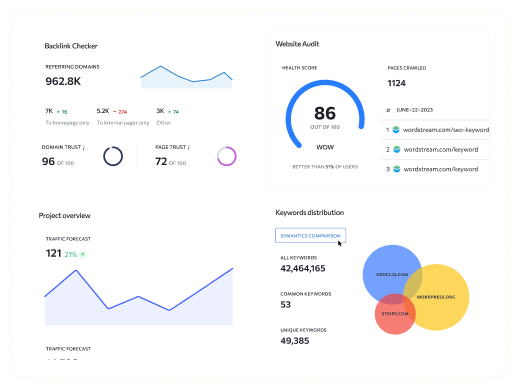In the world of Software as a Service (SaaS), understanding key metrics like Customer Lifetime Value (LTV) and Customer Acquisition Cost (CAC) is crucial for the success and sustainability of your business. These metrics help SaaS companies make informed decisions about pricing, marketing strategies, and overall business growth. Let’s dive into what LTV and CAC are and how you can calculate them effectively.
Customer Lifetime Value (LTV):
Customer Lifetime Value, often abbreviated as LTV, is a prediction of the net profit attributed to the entire future relationship with a customer. In simpler terms, it represents the total revenue a customer is expected to generate over their lifetime with your business. Calculating LTV involves taking into account factors like average revenue per user (ARPU), customer retention rate, and the average length of the customer relationship.
Customer Acquisition Cost (CAC):
Customer Acquisition Cost, or CAC, is the total cost a company incurs to acquire a new customer. This includes all expenses associated with marketing, sales, and other efforts aimed at acquiring customers within a specific period. Calculating CAC involves dividing the total acquisition costs by the number of new customers acquired during the same period.
Importance of LTV and CAC:
Understanding LTV and CAC individually is important, but it’s their relationship that truly matters. By comparing LTV to CAC, SaaS companies can determine the health of their business model. Ideally, the LTV should be significantly higher than the CAC, indicating that the company is generating more revenue from each customer than it costs to acquire them. This signifies a sustainable and scalable business model.
Calculating LTV:
To calculate LTV, you can use the formula:
LTV=ARPU× Churn Rate
1
Where:
- ARPU (Average Revenue Per User) is the average monthly revenue generated by each customer.
- Churn Rate is the rate at which customers stop subscribing to your service.
Calculating CAC:
To calculate CAC, you can use the formula:
CAC= Number of New Customers Acquired / Total Sales and Marketing Expenses
FAQs:
Q1. What’s a good LTV to CAC ratio?
A healthy LTV to CAC ratio is generally considered to be 3:1 or higher. This means that for every dollar spent on acquiring customers, the company expects to receive three dollars in return over the customer’s lifetime.
Q2. How can I improve my LTV to CAC ratio?
Improving your LTV to CAC ratio involves strategies to either increase the LTV or decrease the CAC. This can include enhancing customer retention efforts, optimizing marketing channels, or refining your pricing strategy.
Q3. Is it possible for my CAC to be higher than my LTV?
Yes, it’s possible, but it’s not sustainable in the long term. If your CAC consistently exceeds your LTV, it indicates that your business is spending more to acquire customers than it can potentially earn from them, which can lead to financial instability.
Q4. What are some common mistakes in calculating LTV and CAC?
One common mistake is not accounting for all relevant costs and revenue streams. For instance, failing to include overhead costs or upsell revenue can skew calculations. Additionally, using inaccurate or outdated data can lead to misleading results.
Q5. Are there any industry benchmarks for LTV and CAC?
Yes, there are industry benchmarks available for LTV and CAC across various sectors and business models. However, it’s essential to interpret these benchmarks with caution as they can vary significantly depending on factors like market dynamics, target audience, and business strategies.





